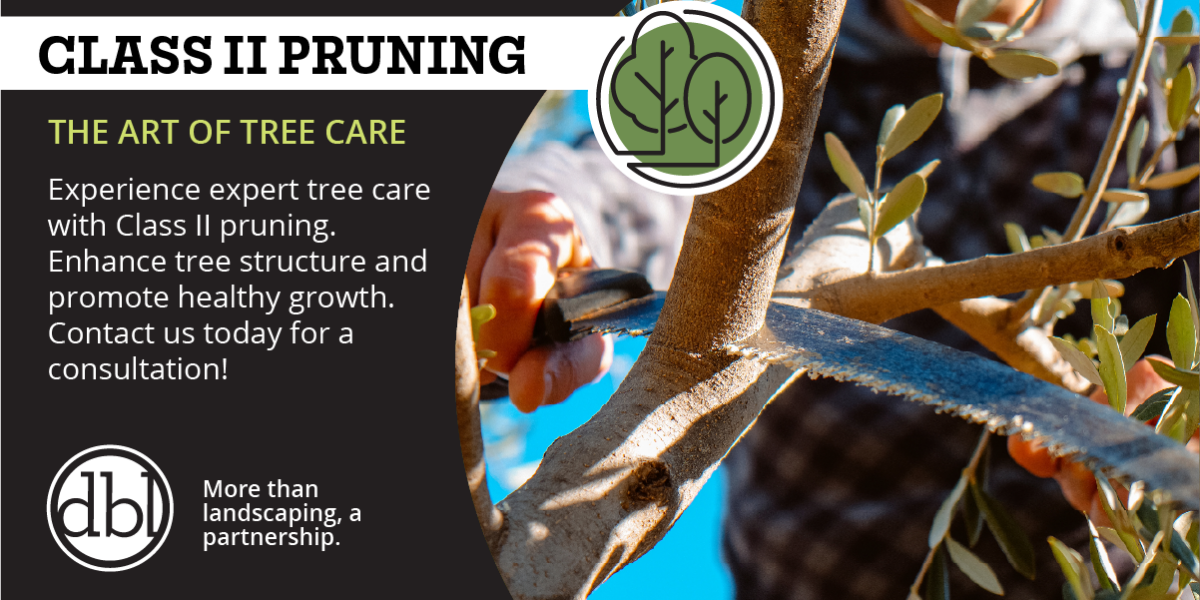Introduction: Beyond mere aesthetics, the structural integrity and health of trees play a pivotal role in the overall vibrancy of your landscape. Class II pruning goes further than basic tree care—it involves specific techniques that address the tree’s very architecture. In this blog post, we’ll delve into the different Class II pruning classifications and their importance to your trees’ health and safety.
Class II Pruning Classifications and Their Impact:
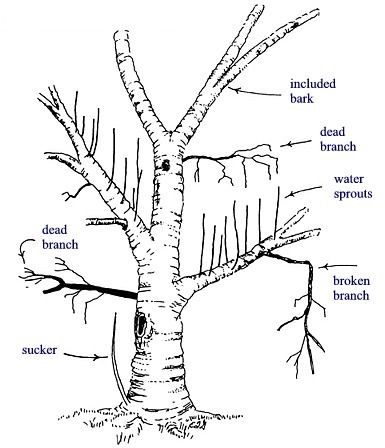

Canopy Cleaning: This process involves the removal of dead, diseased, or broken branches, specifically targeting all dead wood with a diameter of 2″ or greater at the branch collar. By eliminating these potential hazards, canopy cleaning prevents injuries and property damage while promoting a healthier tree structure.
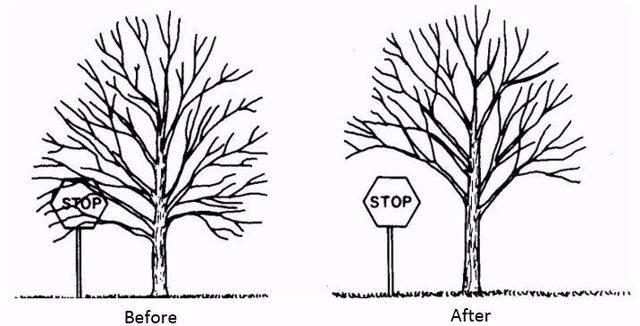

Canopy Elevation: To ensure vertical clearance, canopy elevation involves directional pruning, a technique that removes branches growing below a desired height while preserving those that grow horizontally or upward. This method not only enhances clearance but also maintains the tree’s natural aesthetic.
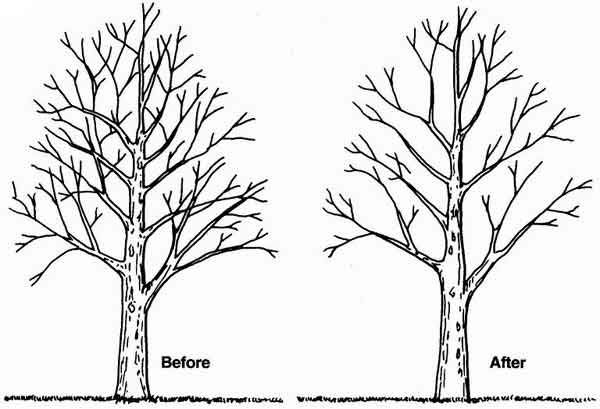

Canopy Thinning: Thinning out a tree’s canopy reduces density and allows more sunlight and wind to penetrate, fostering a healthier environment for growth. However, it requires expert precision to avoid over-thinning, which can lead to tree stress or even death.
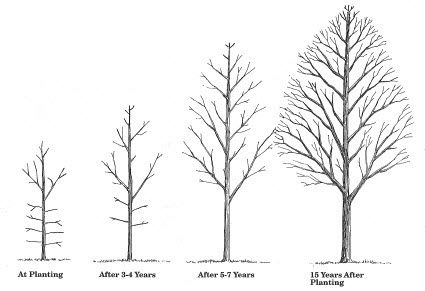

Structural Pruning: Addressing structural issues within the tree’s canopy, especially in young trees, can prevent future problems. This may include correcting co-dominant trunks or other structural imbalances, setting the stage for a stronger, more resilient tree.
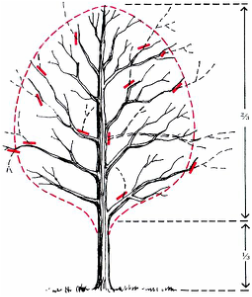

Canopy Reduction: Sometimes it’s necessary to reduce a tree’s height or spread, such as for utility clearance. Canopy reduction achieves this by cutting back branches to a lateral limb, allowing for controlled growth within a specified area.
The DBL Approach to Tree Pruning: At DBL Landscaping, we don’t just prune; we enhance your trees’ natural form. Our tree care supervisors are skilled in all aspects of Class II pruning, ensuring each cut contributes to the tree’s health, safety, and beauty. With our comprehensive approach, we address immediate concerns and plan for long-term health, safeguarding your trees for years to come.
Conclusion: Class II pruning is more than just cutting; it’s a strategic approach to sustainable tree care. With DBL Landscaping’s expertise, your trees will not only survive but thrive, contributing to a safe and stunning landscape. Trust us to bring out the best in your trees.
References for Further Reading:
- “ANSI A300 Pruning Standards,” Tree Care Industry Association.
- “Best Management Practices – Tree Pruning,” International Society of Arboriculture.

